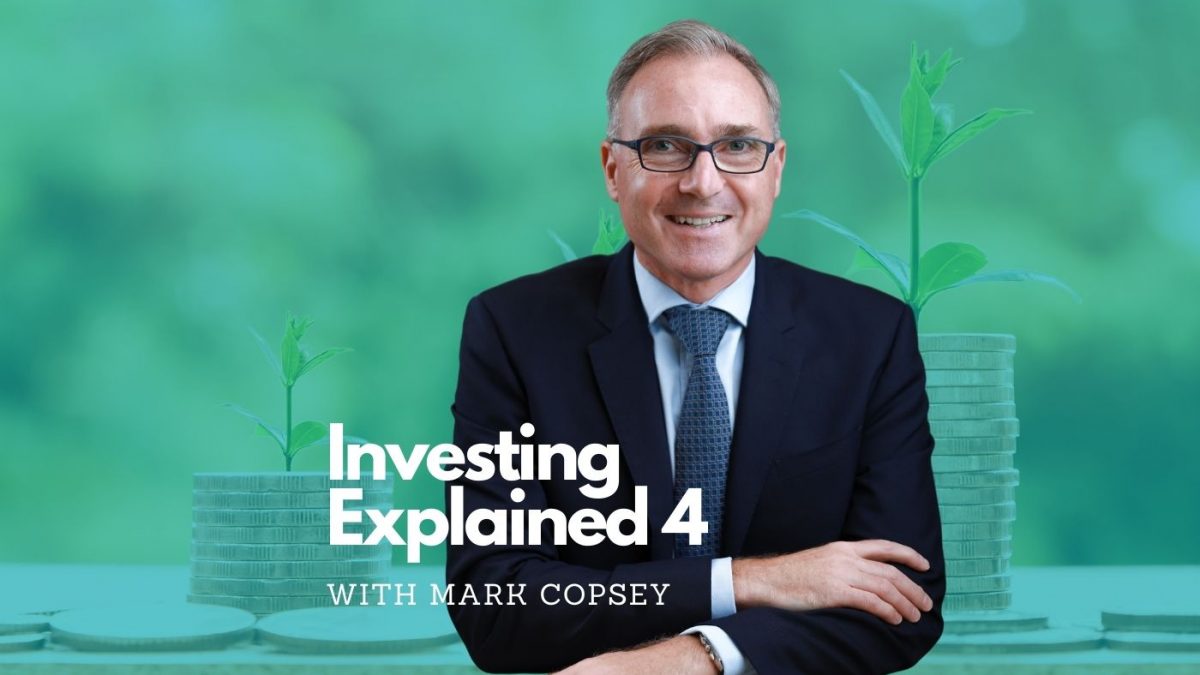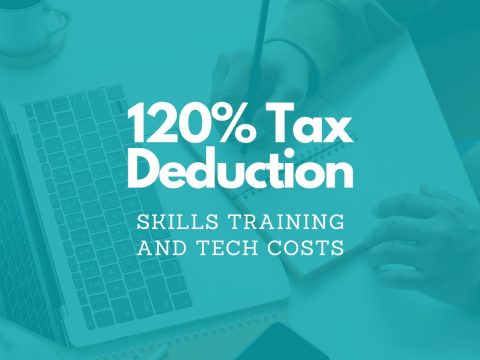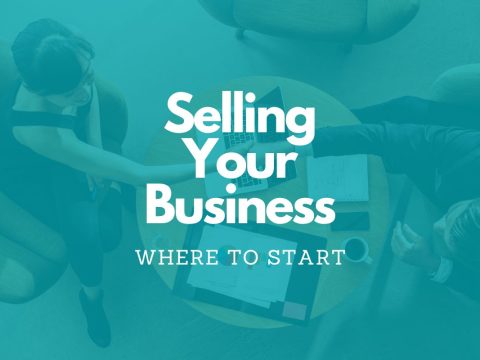A beginner’s guide to investing [Part 4]
If I’d known at 25 what I know now
By Mark Copsey, Partner
The past three articles in this series have hopefully provided the theory behind investing, but what should the new investor actually do? This is not intended to be investment advice, but rather how I would be thinking, armed with the knowledge I have today versus what I knew at 25.
Start by understanding how super works
Whether you know it or not, you are probably already an investor. If you are in employment you are having money automatically contributed to a superannuation fund. However, most young (and old) people have no idea how their superannuation is performing. This is a real shame, as a poor performing superannuation fund is destroying your future wealth and it’s such an easy thing to fix.
I asked 28-year-old Marc Mamaclay from our office whether he knew how his superfund was performing. He blew me away with his answer below and is certainly someone to listen to:
When I was starting my first job, I was asked by my manager what my superannuation details were. At that time, I only had a vague idea of what super funds were; high school education and my bachelor’s degree were lacking in providing me with an understanding of such an integral concept of every Australian’s life – so I decided to spend time researching them on the Internet.
I found out that super funds are essentially your savings for your future when you retire, and that there are many different types of “industry super funds” that you can invest your money with. Each industry super fund had different levels of performance, so I compared their annual, 5-yearly, and 10-yearly returns, and chose the best performing super fund to be a member of. It only took me one evening to come to a relatively informed decision for something so important.
A good place to start is Canstar. Scroll past the promoted funds and compare your fund’s 1-year and 5-year returns. If your fund doesn’t have an average 5-year return of close to 10%, it may be time to switch. These days it’s very simple. Just have your TFN handy and when you plug it in, the system usually picks up your current super fund and with the click of a few buttons you can roll it to the new, better performing fund. Remember to let your employer know you have changed funds. Before doing this, it’s a good idea to look at any life insurances that may be included in your current fund.
Another member of our team Cynthia Fei wrote a handy guide to super recently if you’re interested in some further reading on this, Making super work for you: 5 tips you can apply now.
How to invest as a younger person or beginner
If I had some savings and no immediate need for that cash for 7 to 10 years, here’s what I should have done at age 25.
Set up an IG Investor account. I helped a friend with this recently and it was really simple. There are lots of other great online brokers. I chose this one as the trades are very cheap at $5.
For full disclosure I personally use Interactive Brokers for my international portfolio and Macquarie Online for my Australian Portfolio – but this is for work-related reasons.
| Investment ticker and name | 5-year returns | |
| If I had $500 | VGS Vanguard MSCI International Shares Index ETF | 15.96% |
| If I had $1,500 | VGS Vanguard MSCI Inte Shares Index ETF IOZ iShares Core S&P/ASX 200 ETF | 15.47% 10.73% |
| If I had $5,000 | VTS Vanguard U.S. Total Market Shares Index ETF IOZ iShares Core S&P/ASX 200 ETF NDQ BetaShares NASDAQ 100 ETF VEU Vanguard All-World ex-U.S. Shares Index E IEM iShares MSCI Emerging Markets ETF MVW VanEck Australian Equal Weight ETF | 19.24% 10.73% 27.78% 10.28% 8.68% 10.82% |
Investing with consistency
Depending on what I could afford to save, I would keep transferring funds into my trading account and adding to the investments as I saved $500, first adding to the first investment, then the second and so on. As I earn more I’d increase the amount I save and increase the allocation to the investments. Of course life may be throwing many challenges at me like mortgages and babies, but if I can still save even a small amount, the power of compounding will grow my long-term investments.
Using some simple maths, if I started at age 25 with $5,000 and saved $250 per month and doubled my savings every five years up to $2,000 per month at age 40 and averaged a 10% return per annum by age 51 (which I am now) my investment would be worth just over $1 million. The lesson here is to be patient.
If the share market falls I would not panic and keep saving and keep investing no matter what. I’d never sell my investments when the market has fallen, even if it is by a gut-wrenching 40%.
During this period I would be reading investment books and listening to as many investment podcasts as I could to become more confident with investing.
Once I had built up my core portfolio of around $25,000 I may then start to look at individual stocks, as by this point I should be better educated in the world of investing. However, I will continue adding to my core portfolio as well.
Back to Marc: The superannuation research branched off into investments into shares. I remember my year 10 commerce teacher telling us that as young people, our asset is our time and that we should begin investing as soon as we could, even if it was just a small amount every month. I followed his advice and saved a portion of my salary every week, starting my own share portfolio with what I had saved up. I follow the news, read around the internet, and listen to what my family and friends are talking about, and if any ASX-listed company catches my eye then I will research them and put a small amount of money in their shares (one key word: diversification)!
Trying to learn about investments and super funds can be daunting for a young person, especially for someone who has never been exposed to it. I confess that I did have some finance training through my commerce degree, but it was mostly about calculation of investment values and risk, not understanding how to invest. Even though we have not been taught information about personal finance and wealth management in our compulsory education, we are fortunate to have the culmination of all human knowledge in our pockets at our disposal. All it takes is a bit of reading and research and it might make a big difference in the future.
Alternative investments
Finally, when I’ve reached $1,000,000 I’ll make an appointment with my future self and look at my portfolio and all the ways to protect my wealth. I might have some fun with Start Ups, Crypto and Carbon Trading, all of which I do now that I can afford to do it.
Well, that’s the end of this series of the Beginner’s Guide to Investing. Hope it has been useful and please feel free to contact me if you have any questions or feedback about it: mtcopsey@allworths.com.au
PRIOR ARTICLES IN SERIES
Part 3: The psychology of investing
Part 2: Active investing and ETFs
Part 1: Investing principles, knowing yourself
IMPORTANT NOTICE
This blog post contains general information only and has been prepared by Allworths without reference to your objectives, financial situation or needs. Allworths cannot guarantee the accuracy, completeness or timeliness of the information contained here. By making this information available to you, we are not providing professional advice or recommendations. Before acting on any of the information contained here, you should seek professional advice. Allworths Wealth Management Pty Limited (AFSL 457 155) is the Wealth Management arm of Allworths Chartered Accountants. For further information, please contact us on (02) 9264 6733 or email growth@allworths.com.au.




